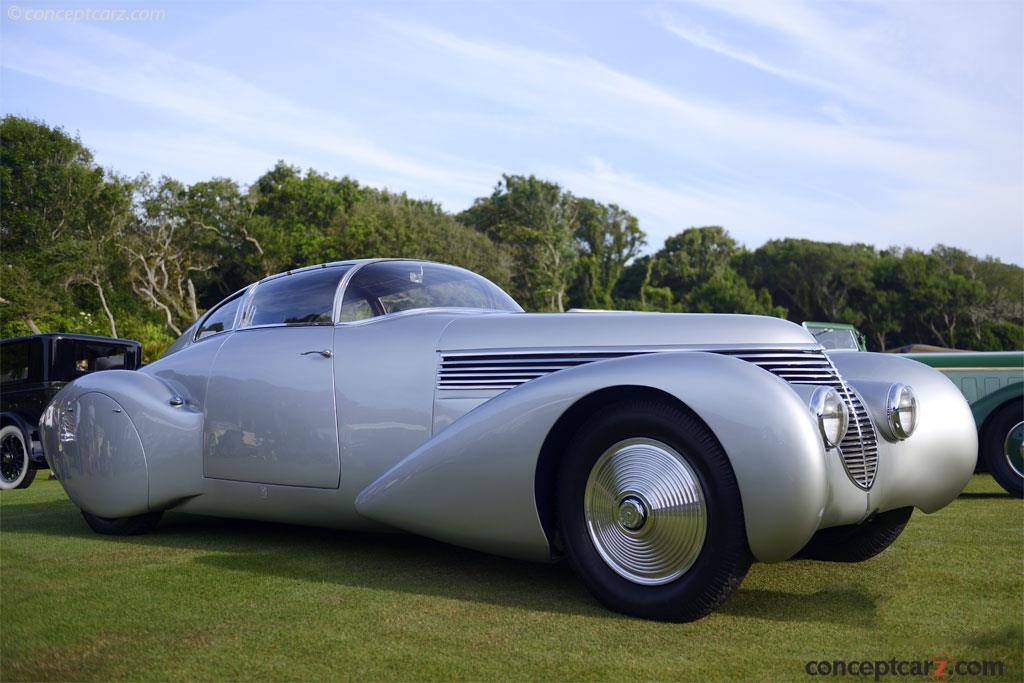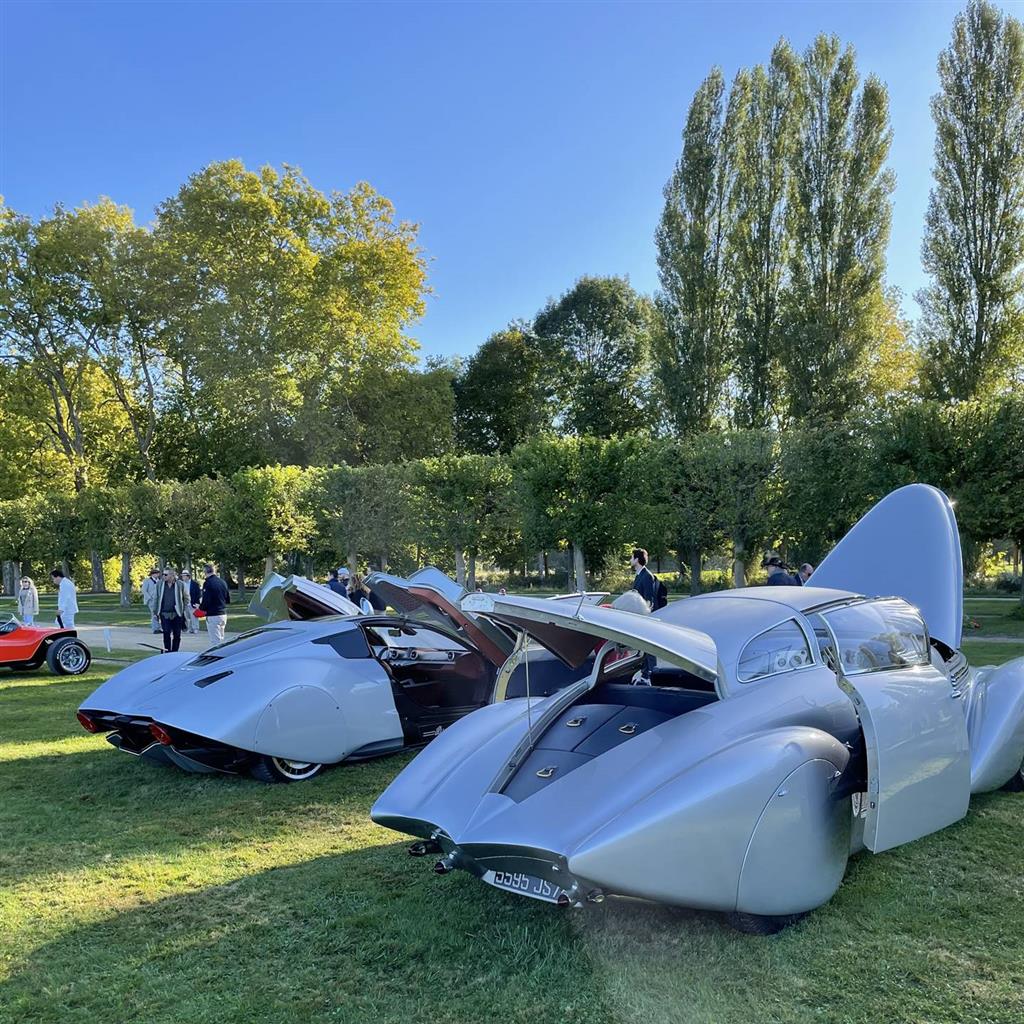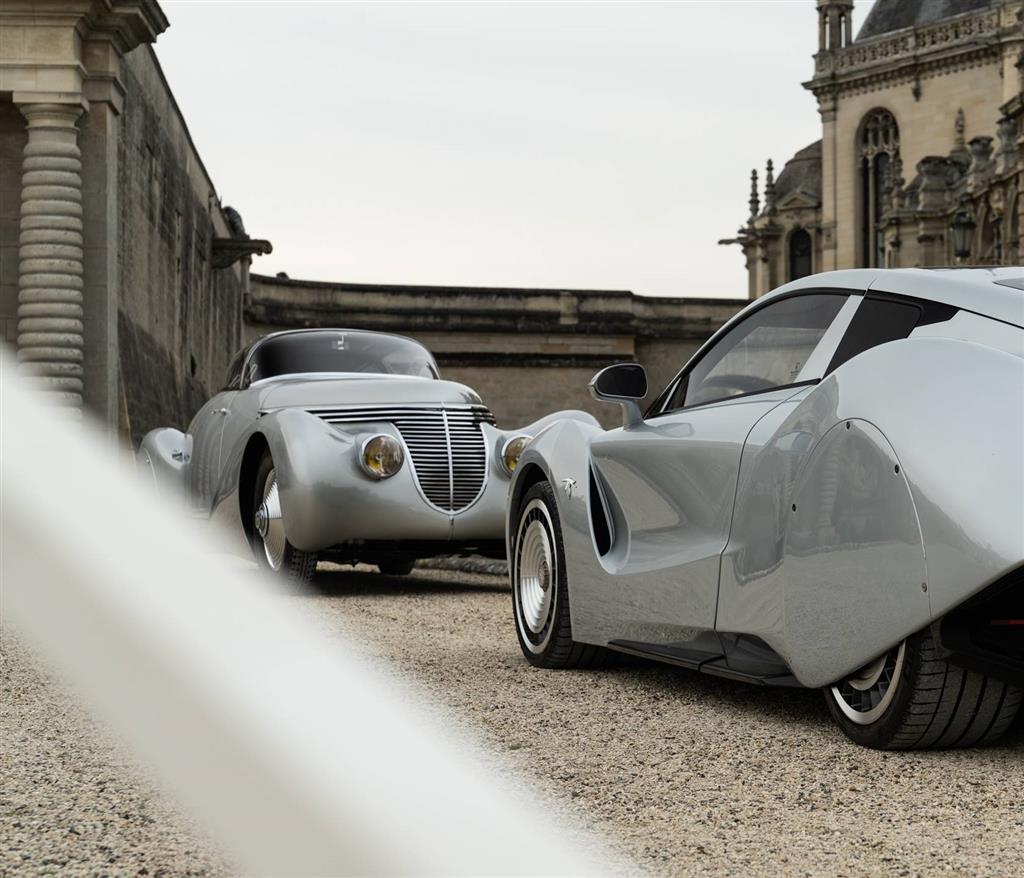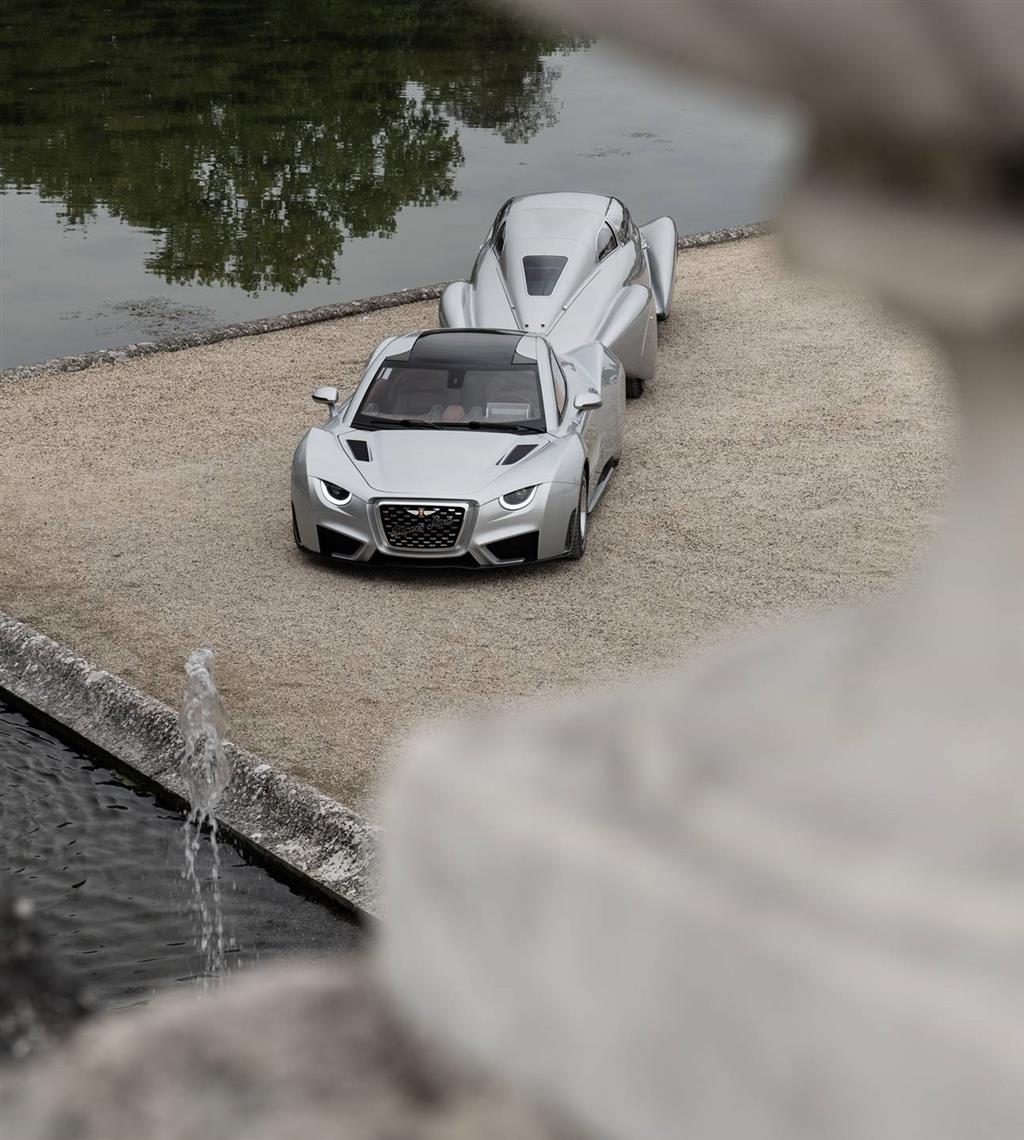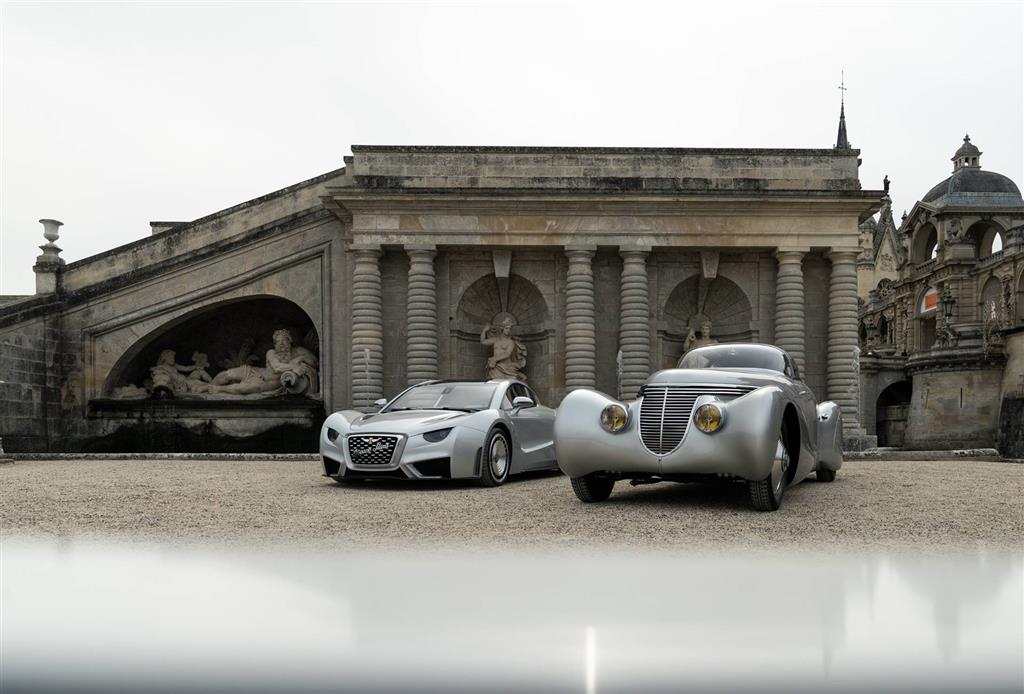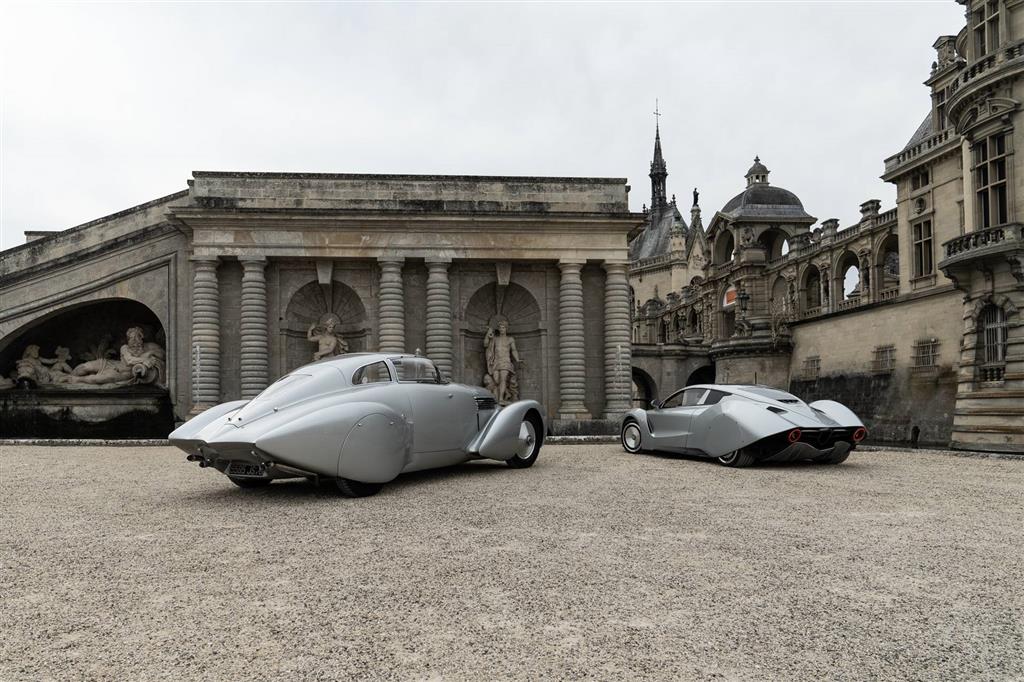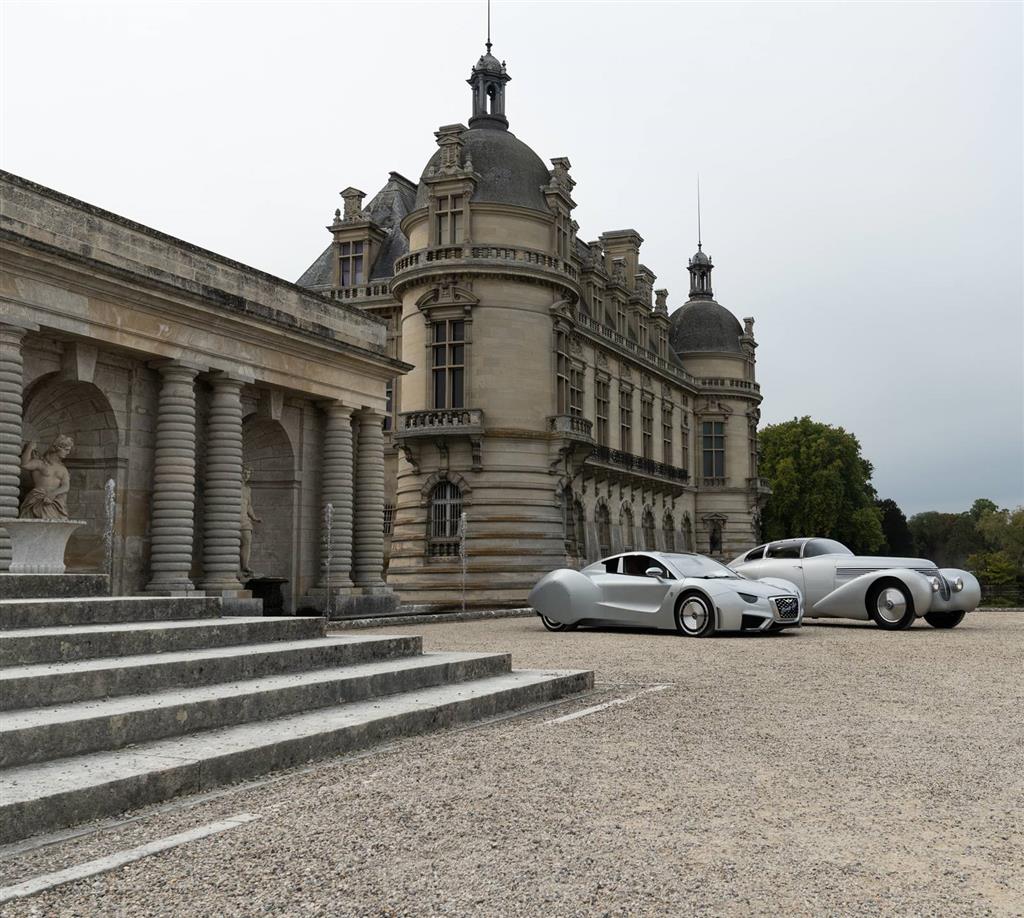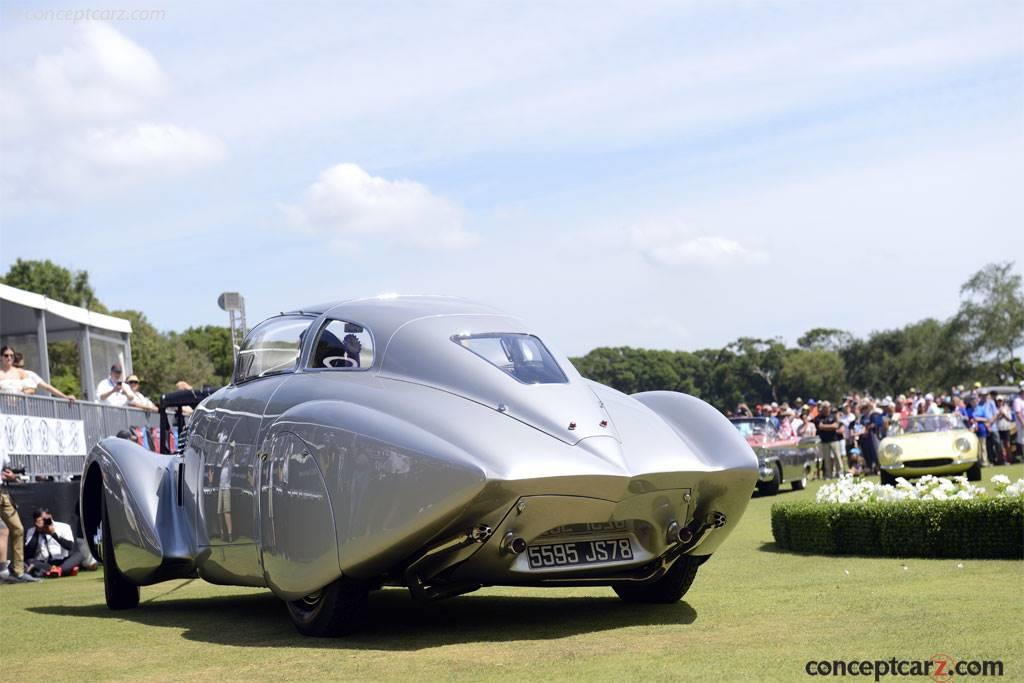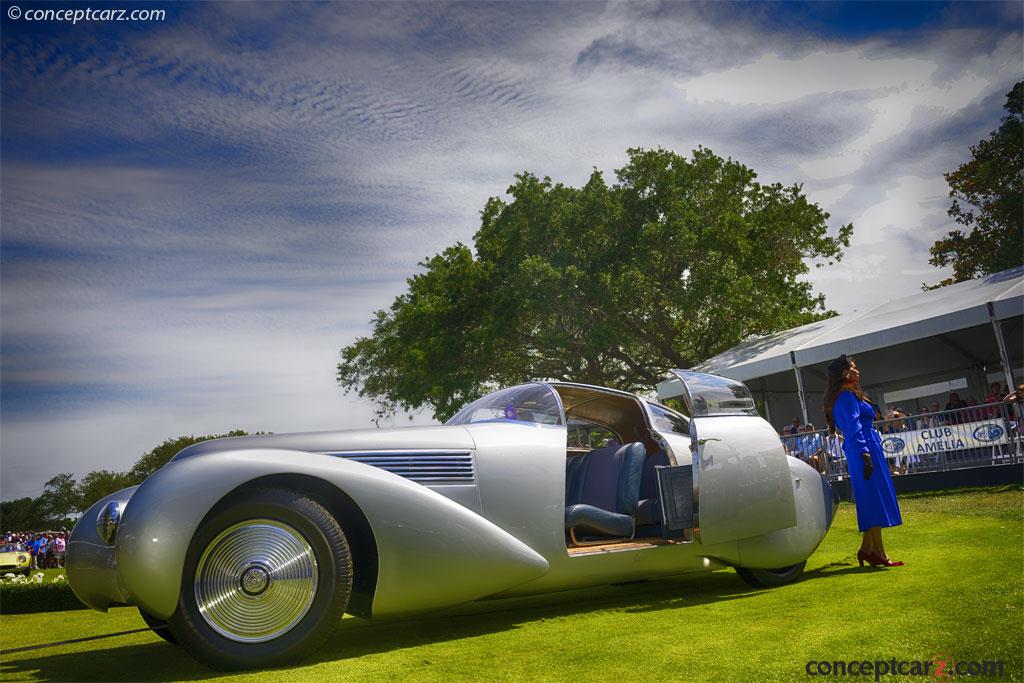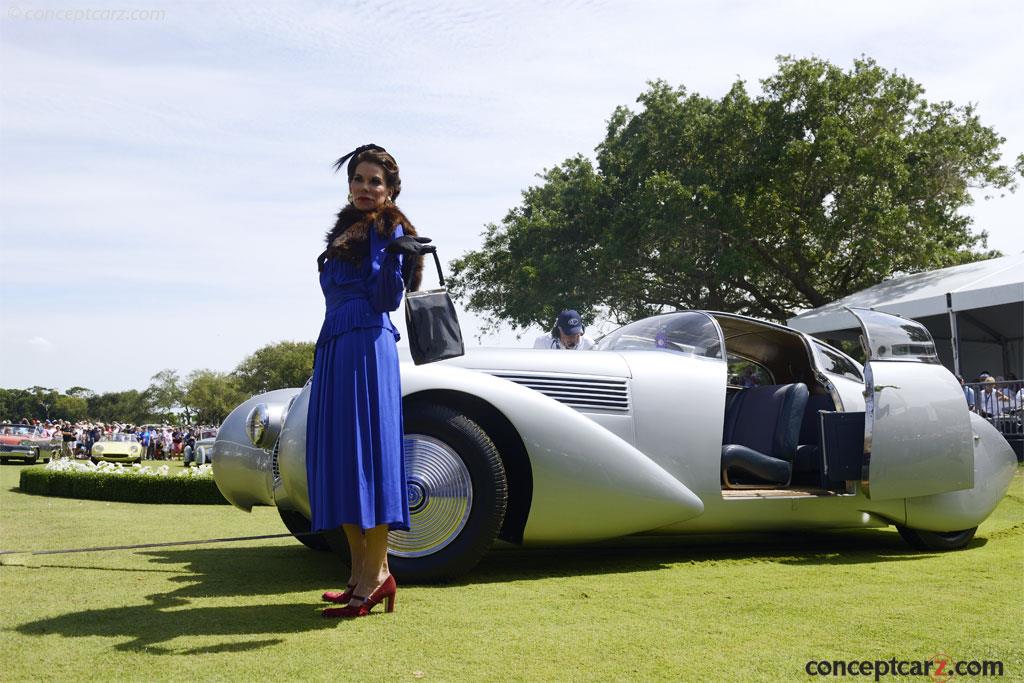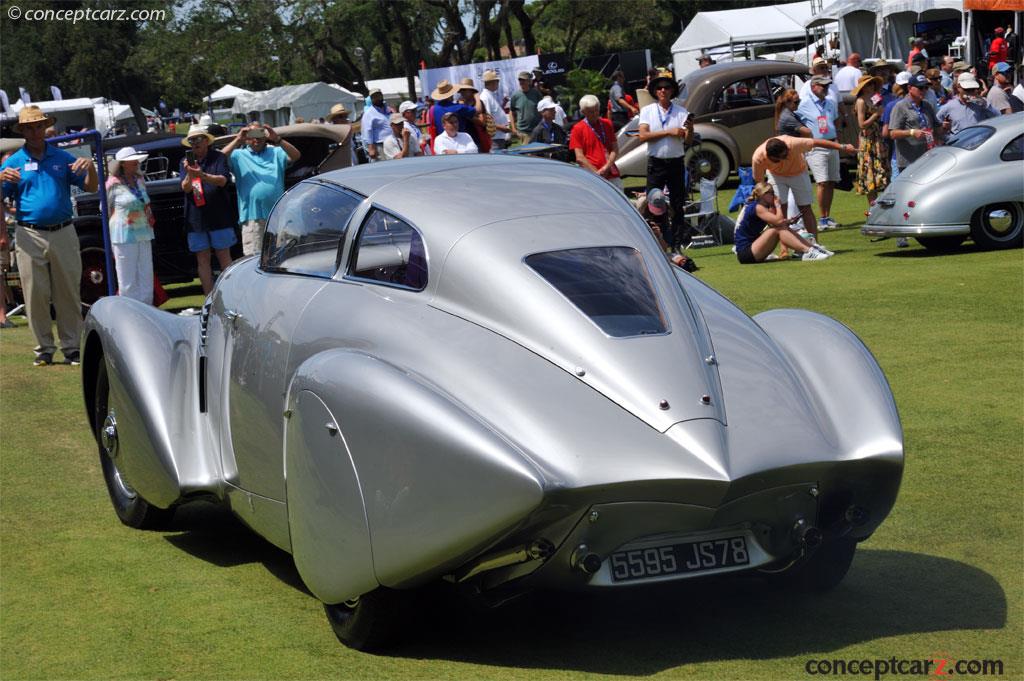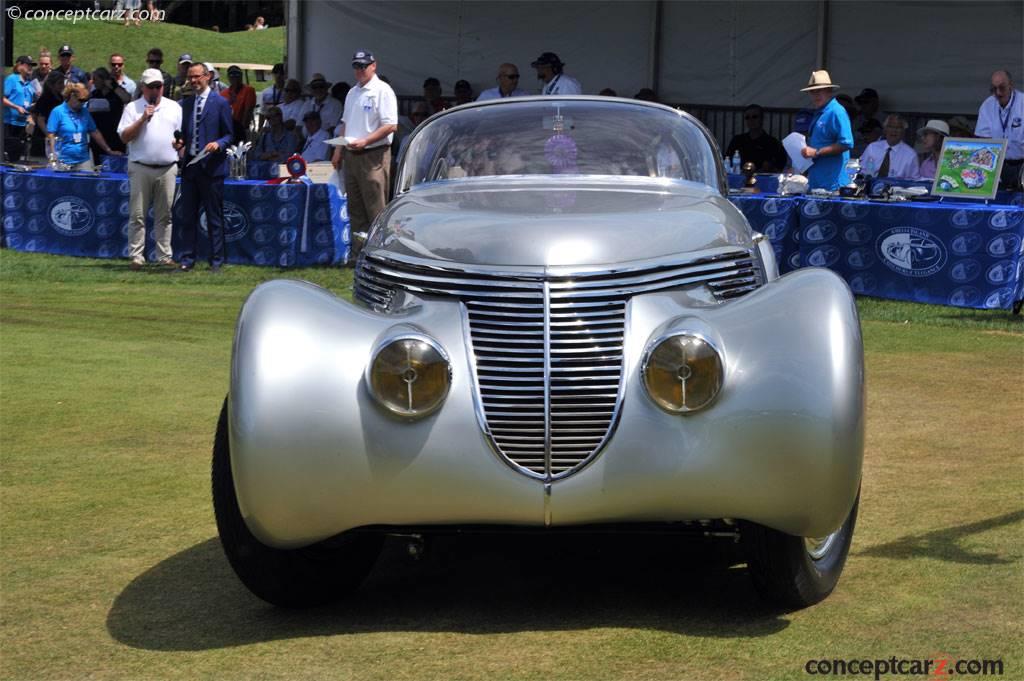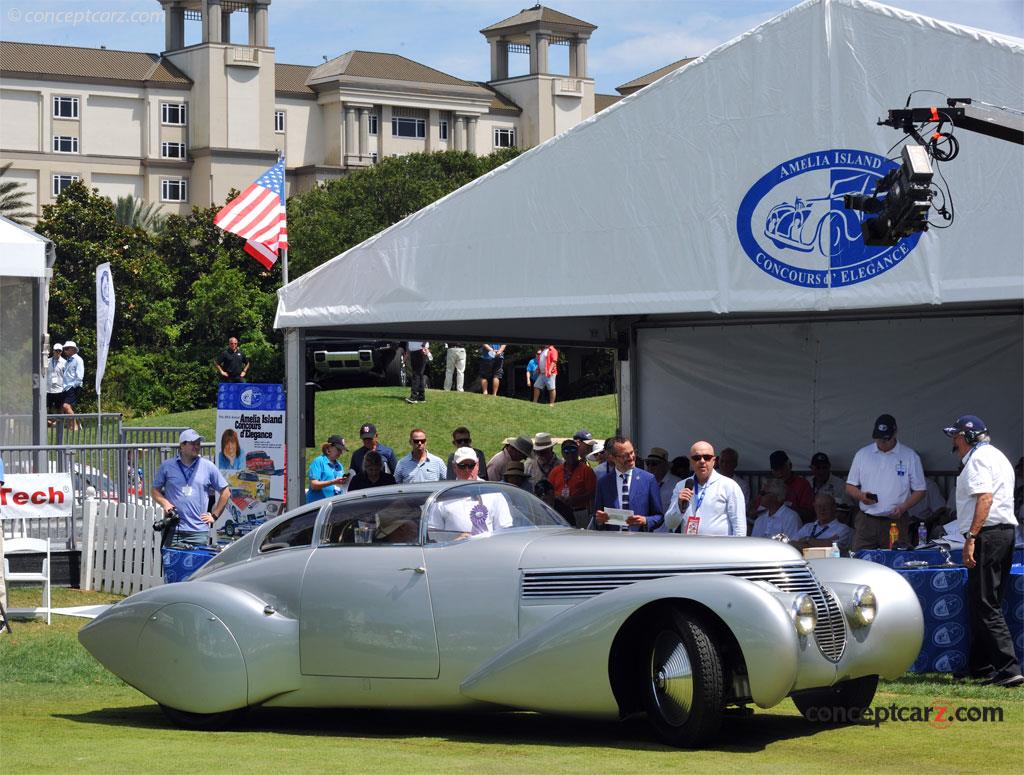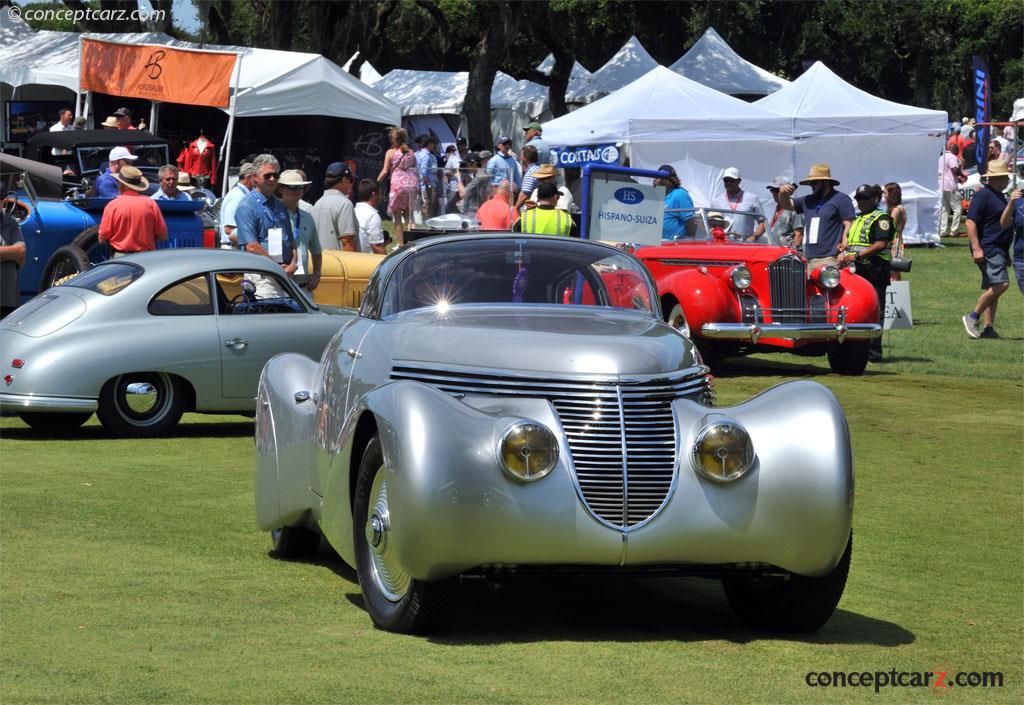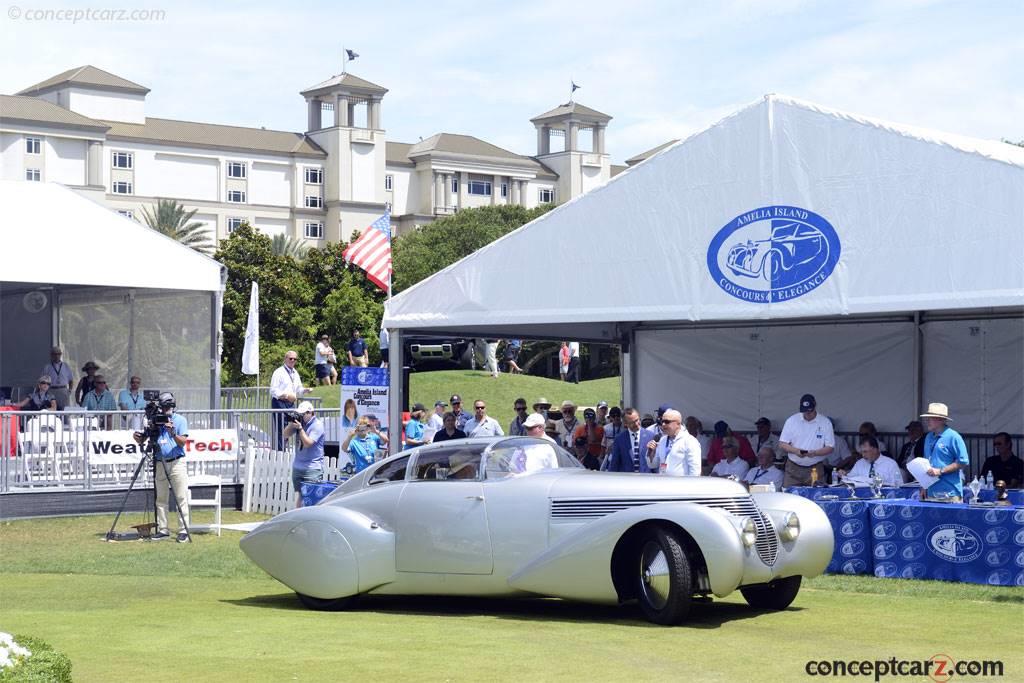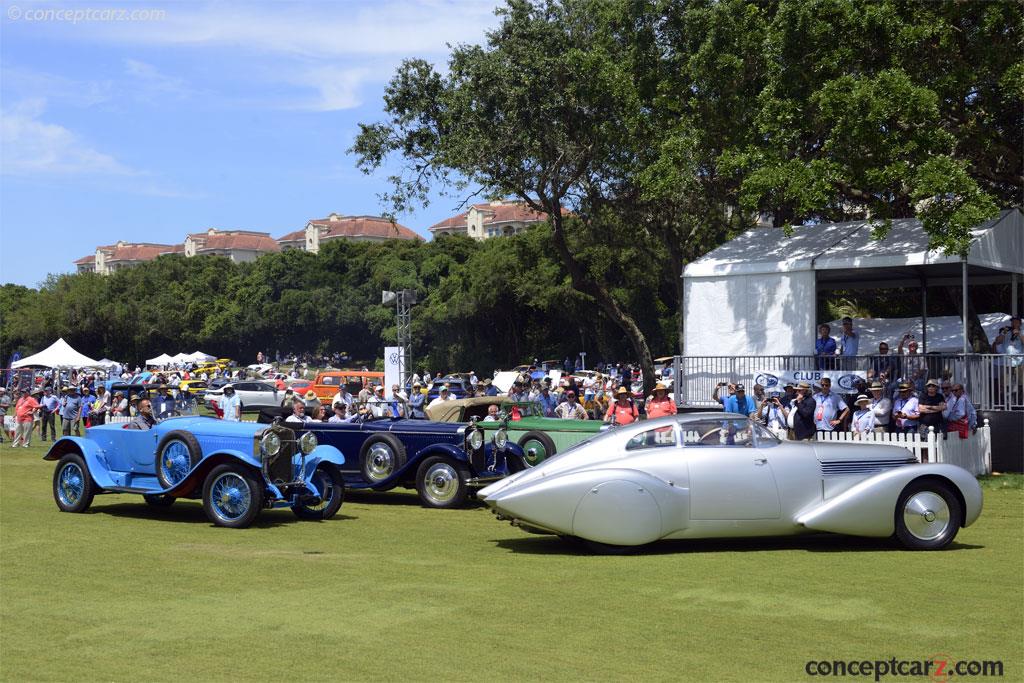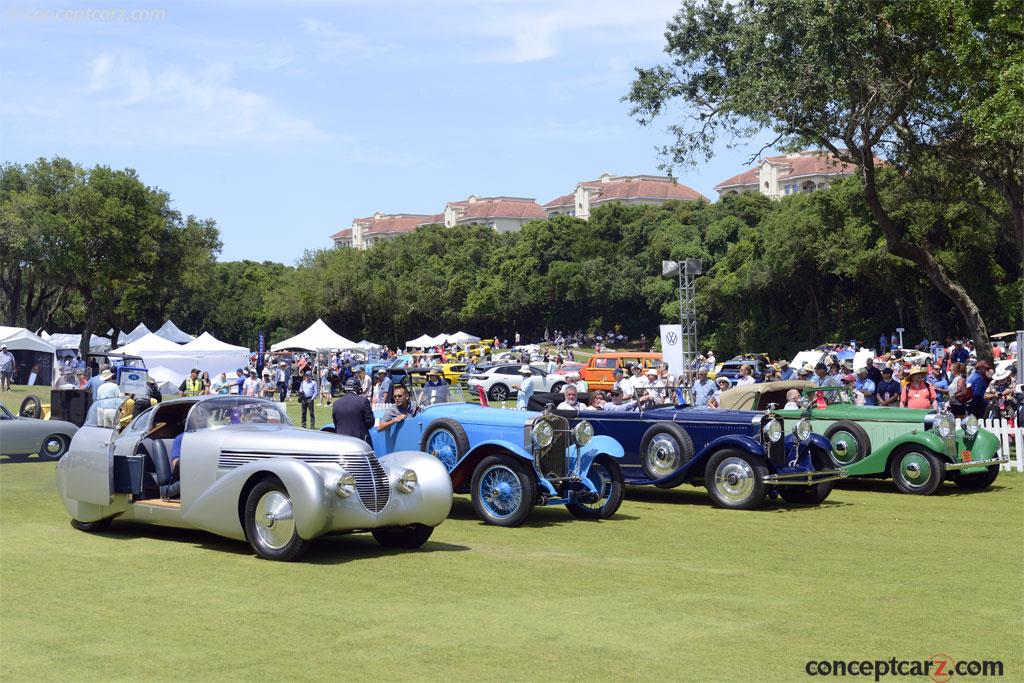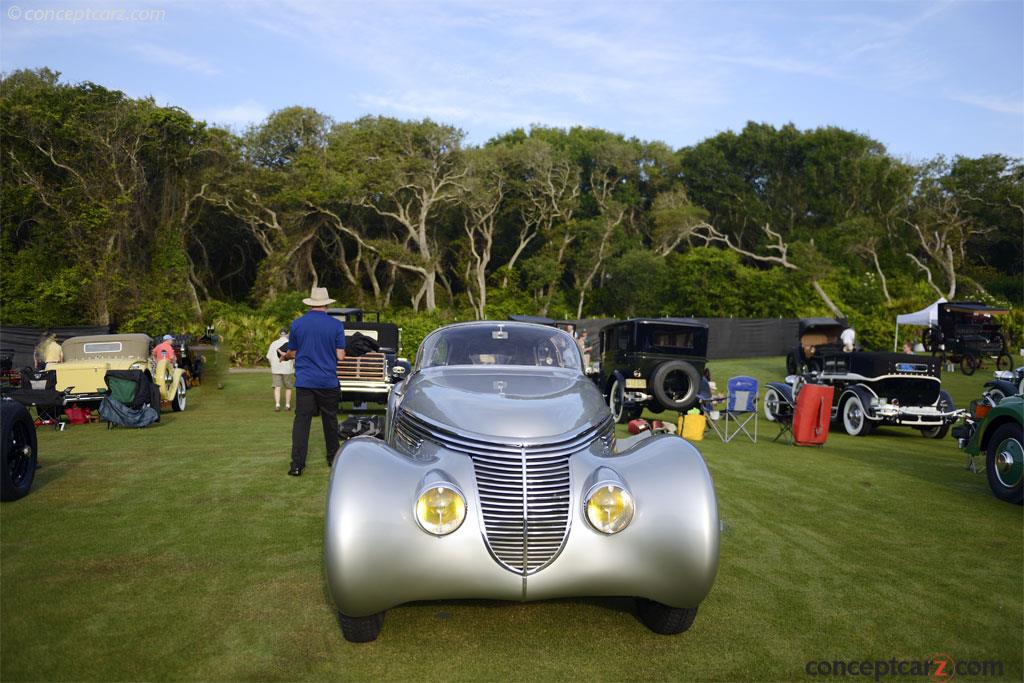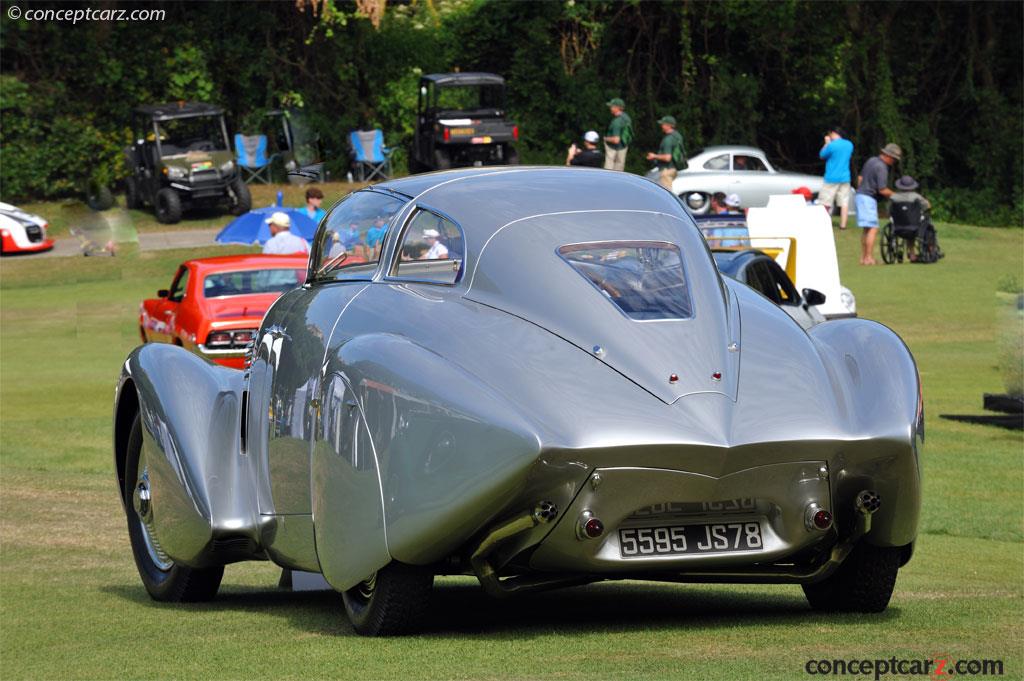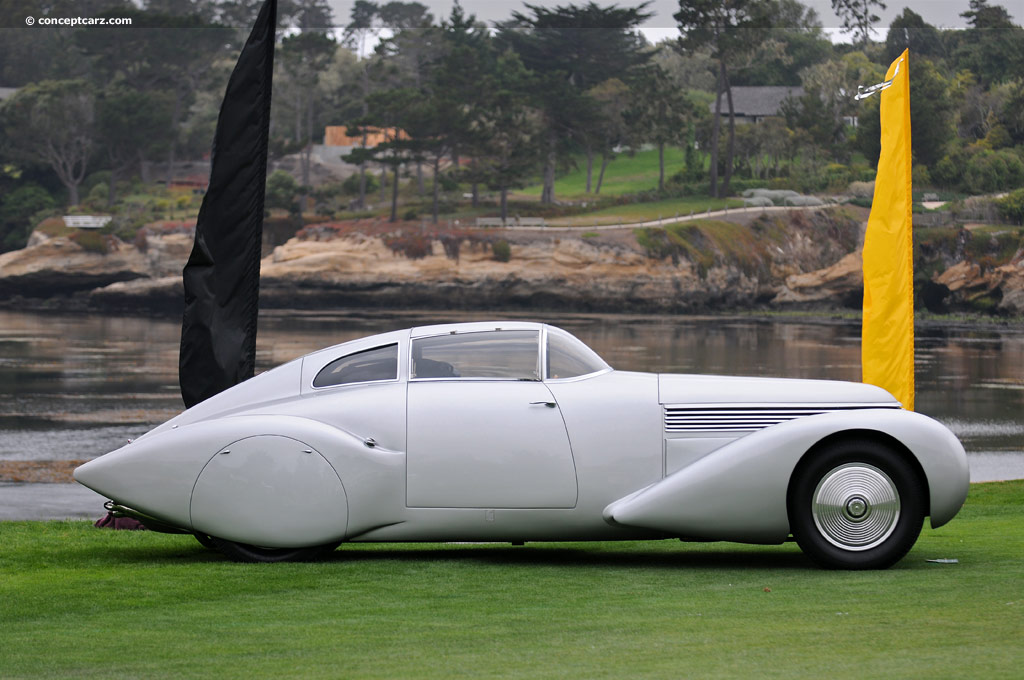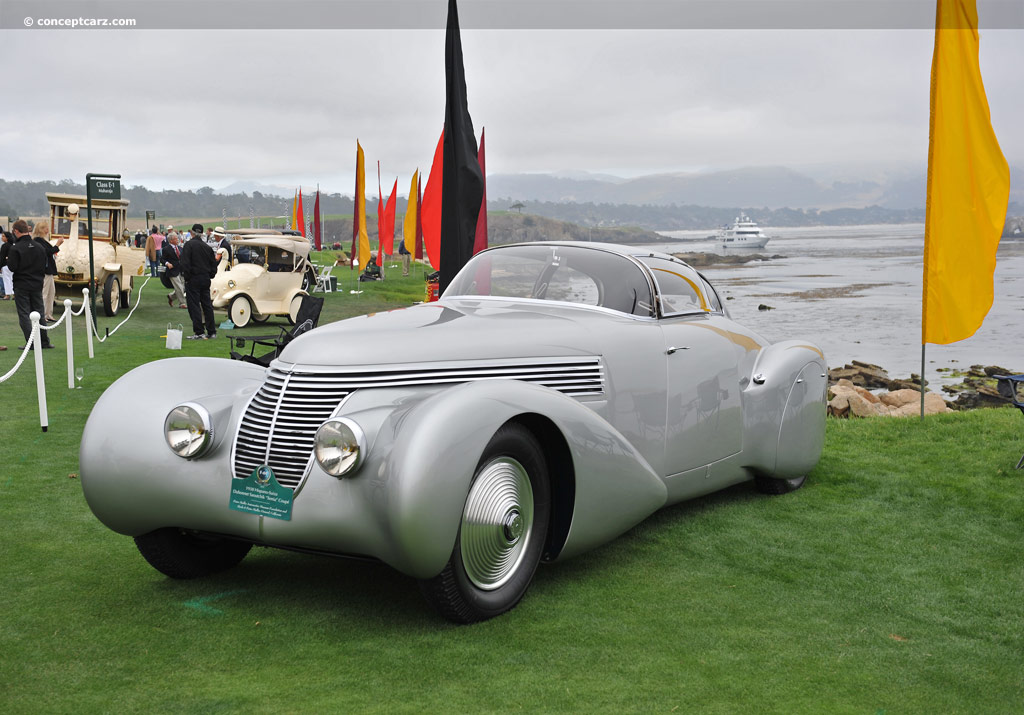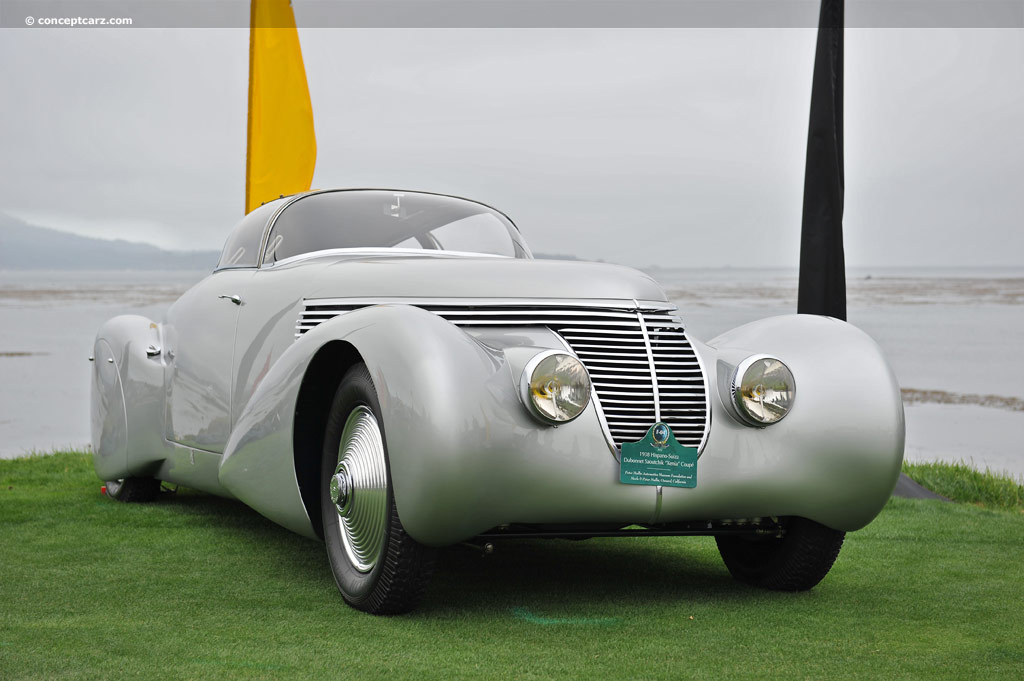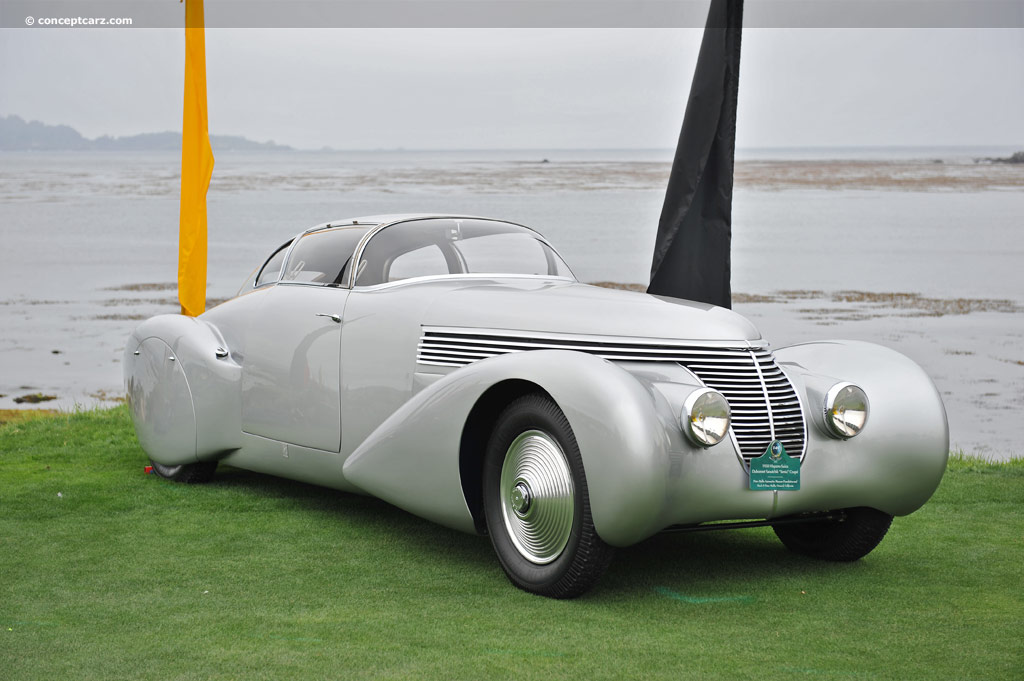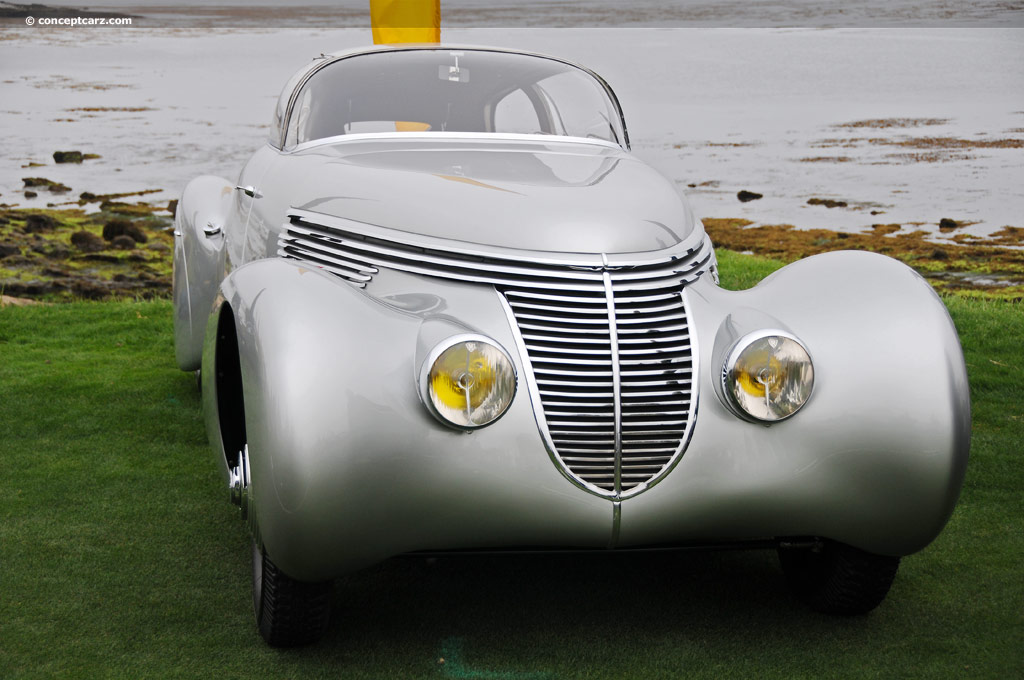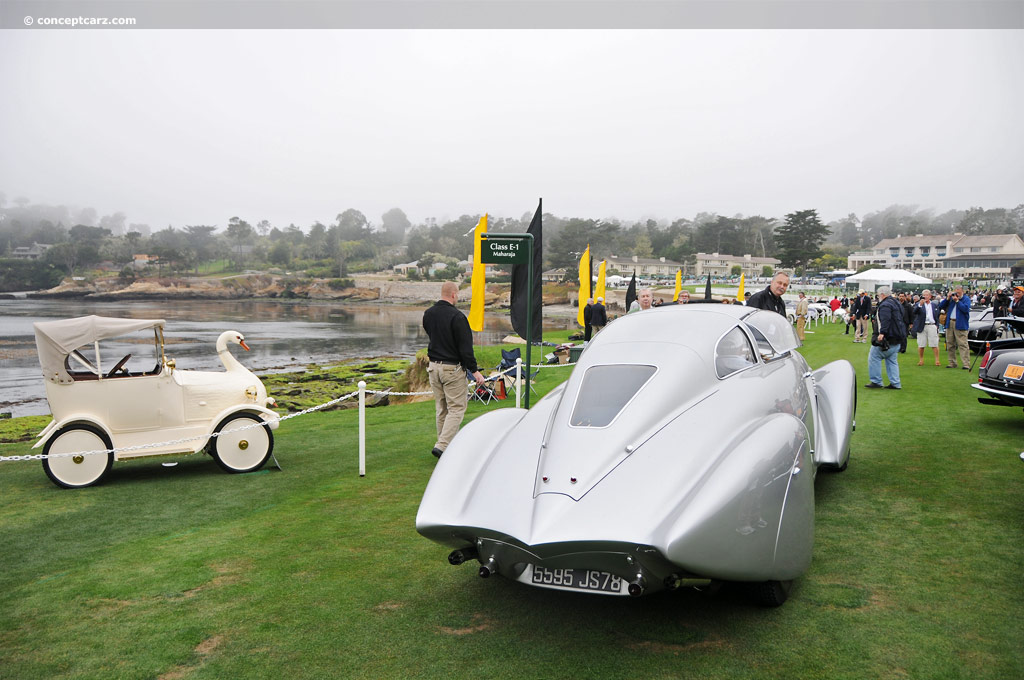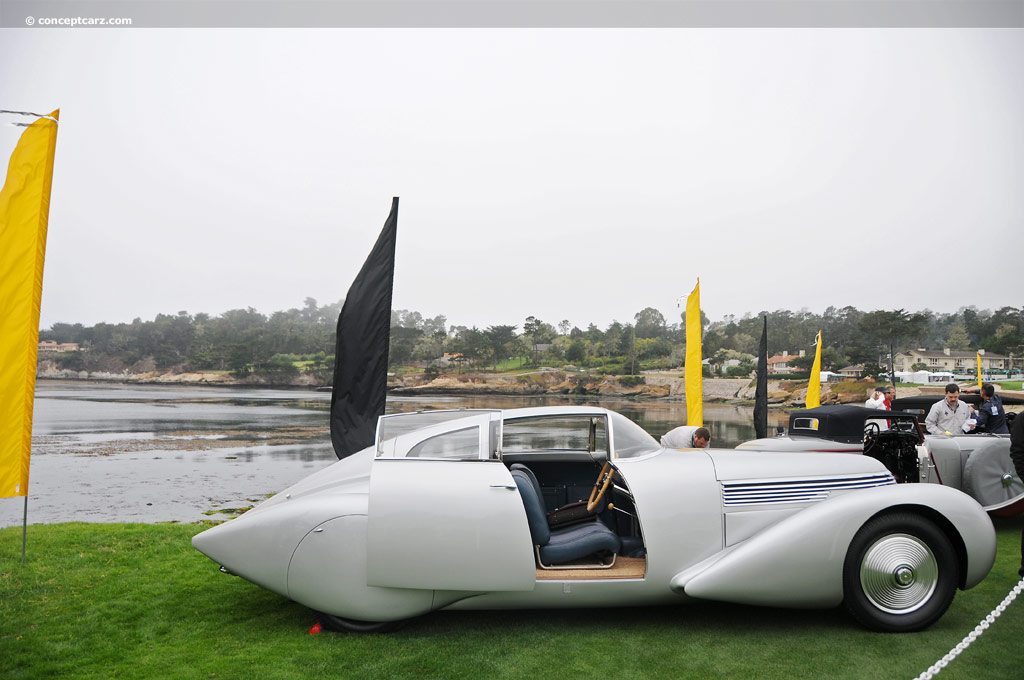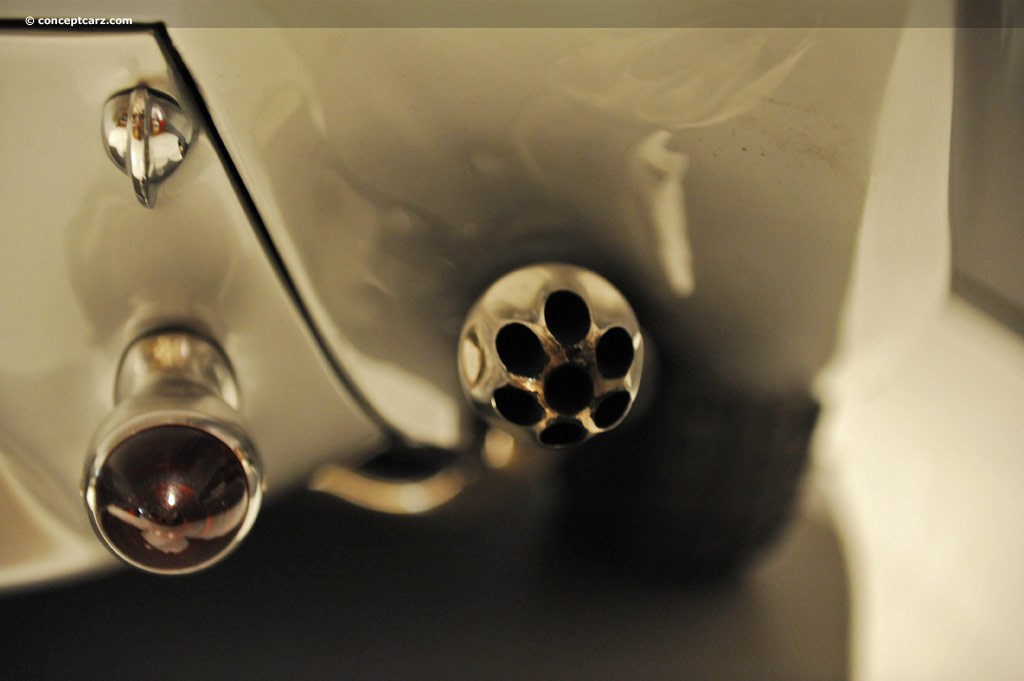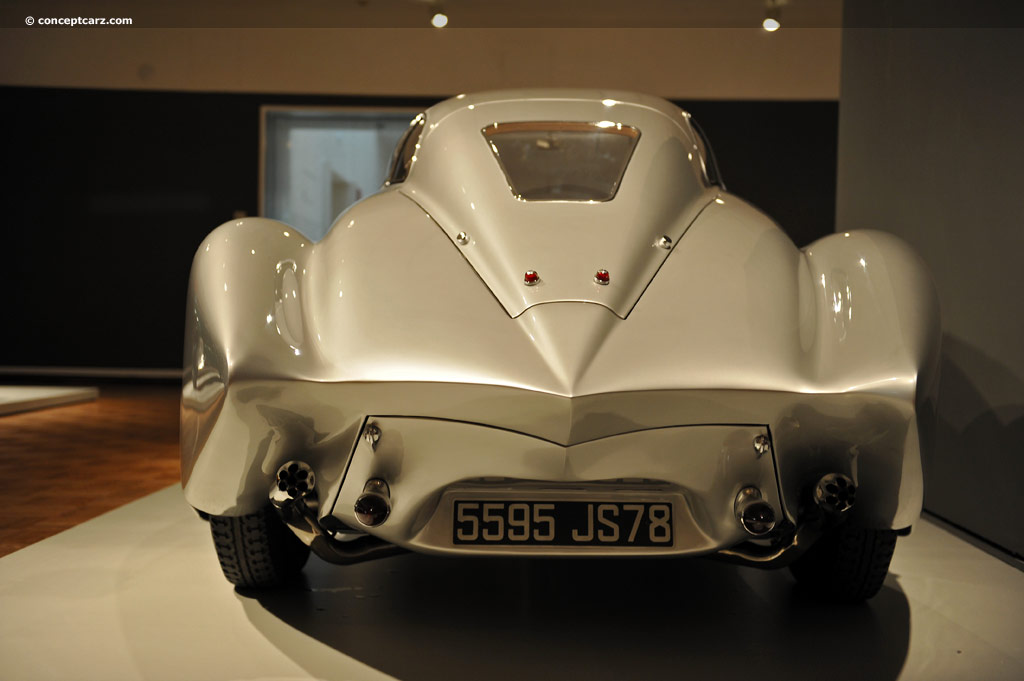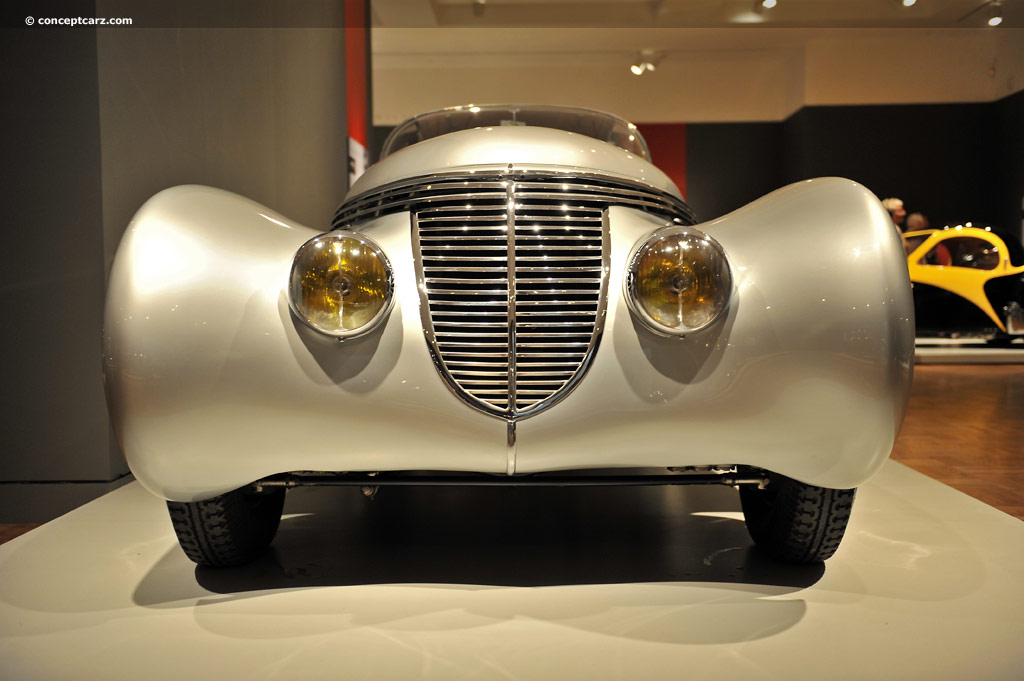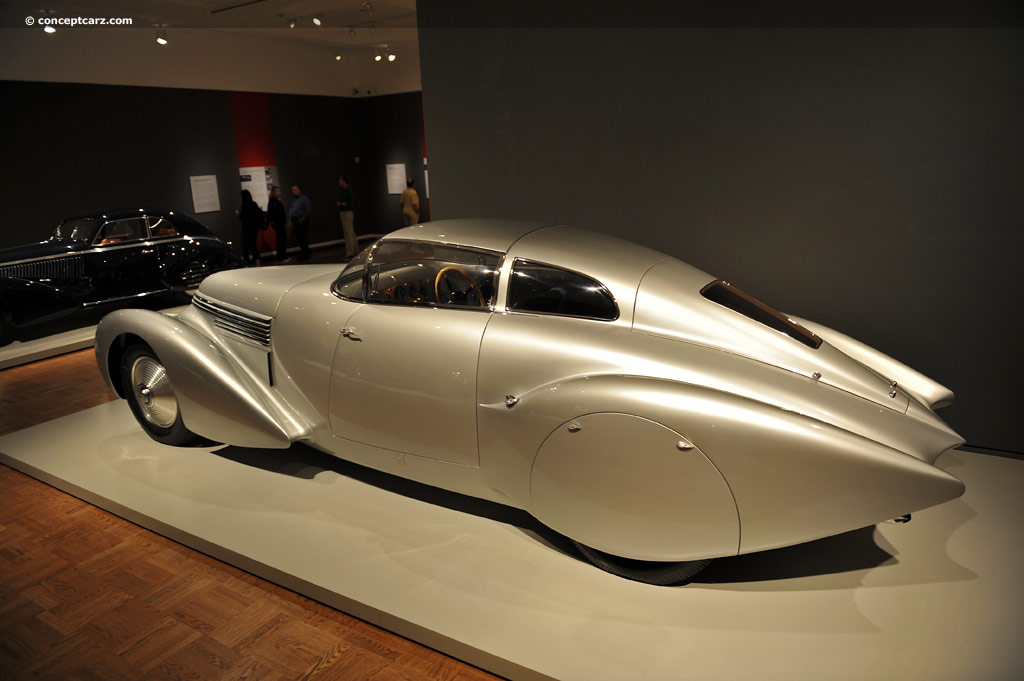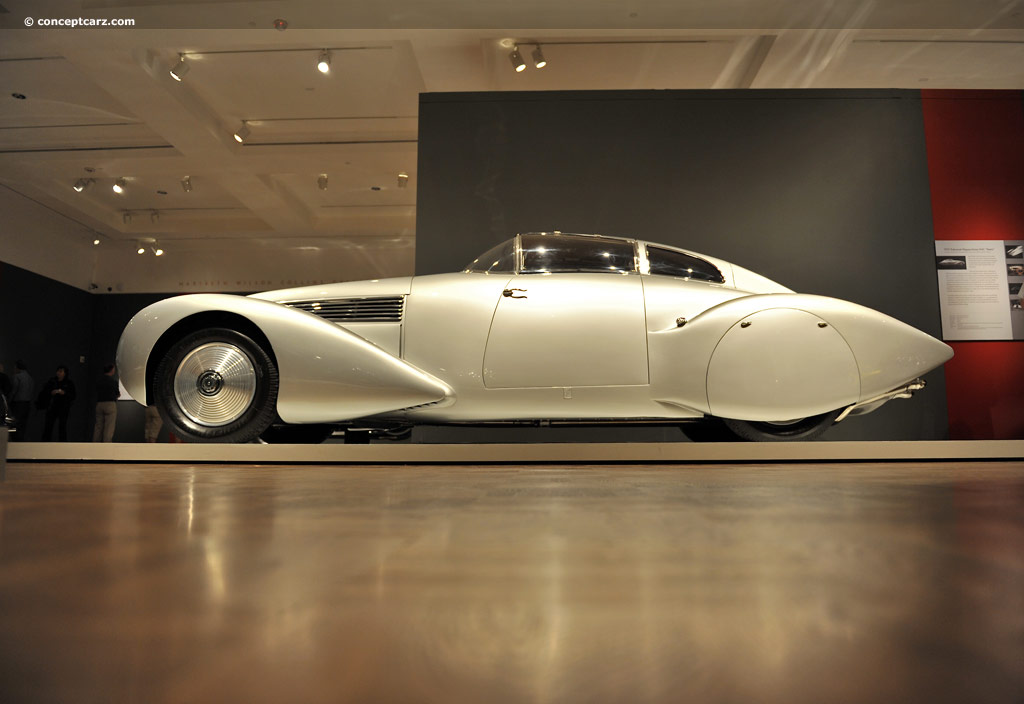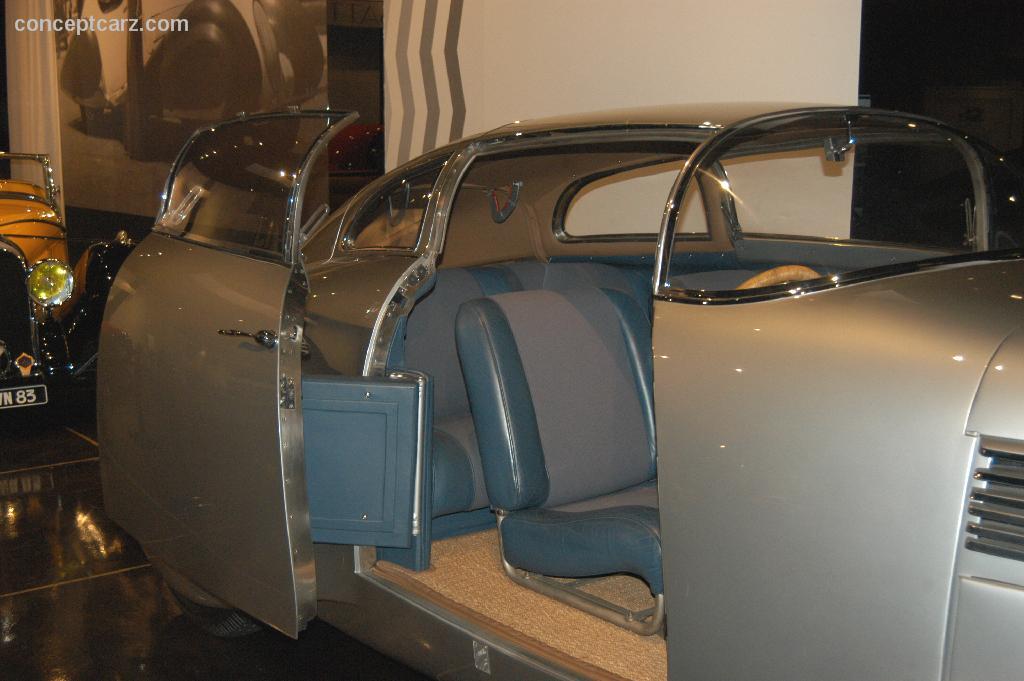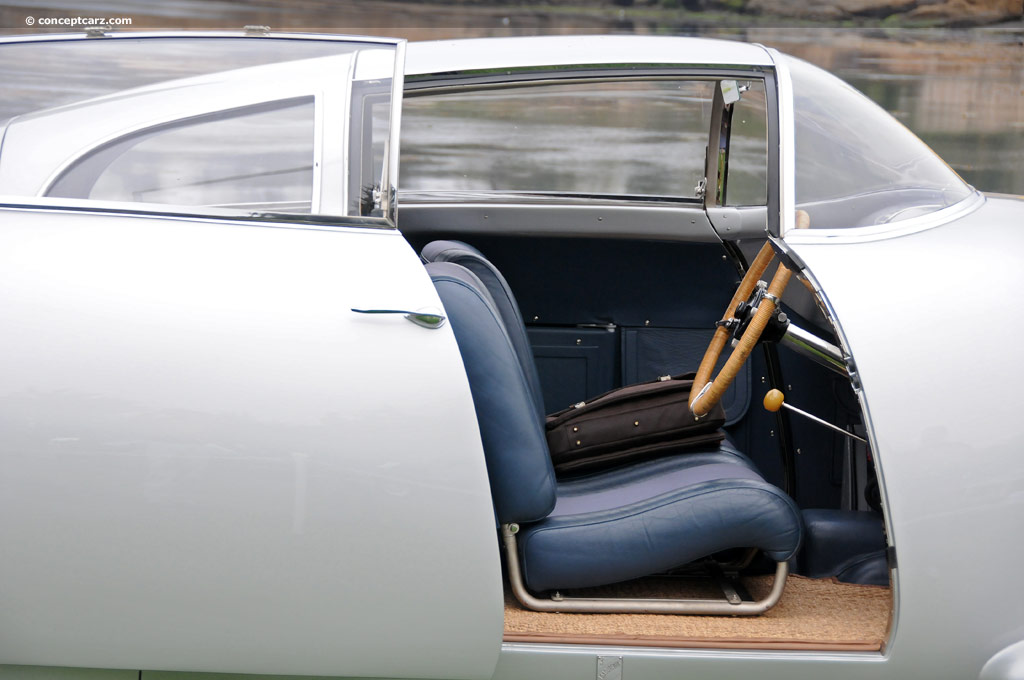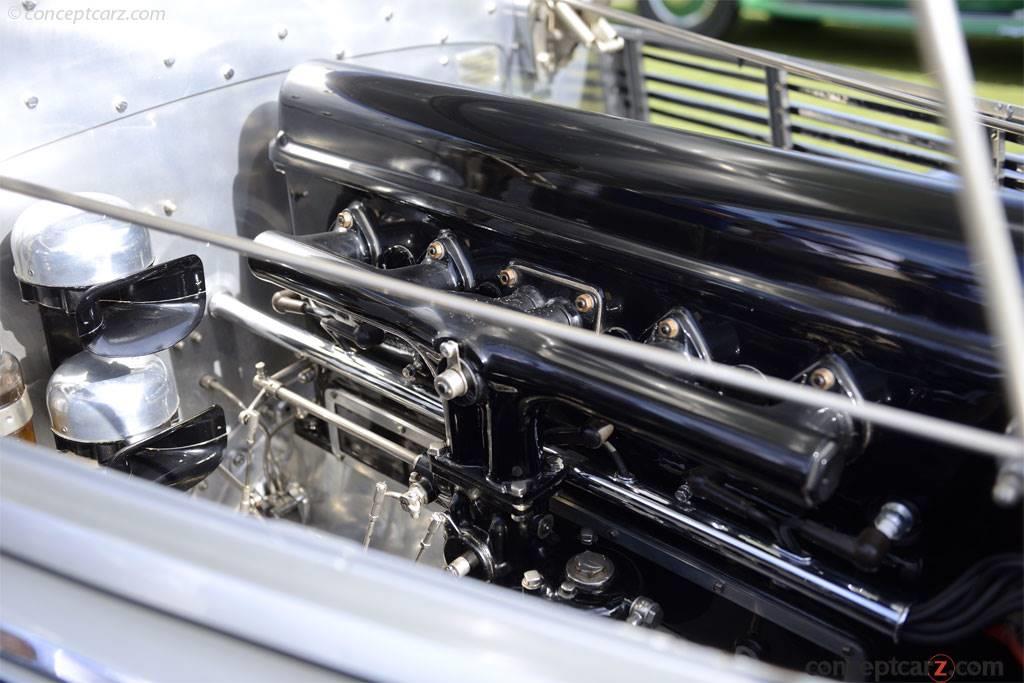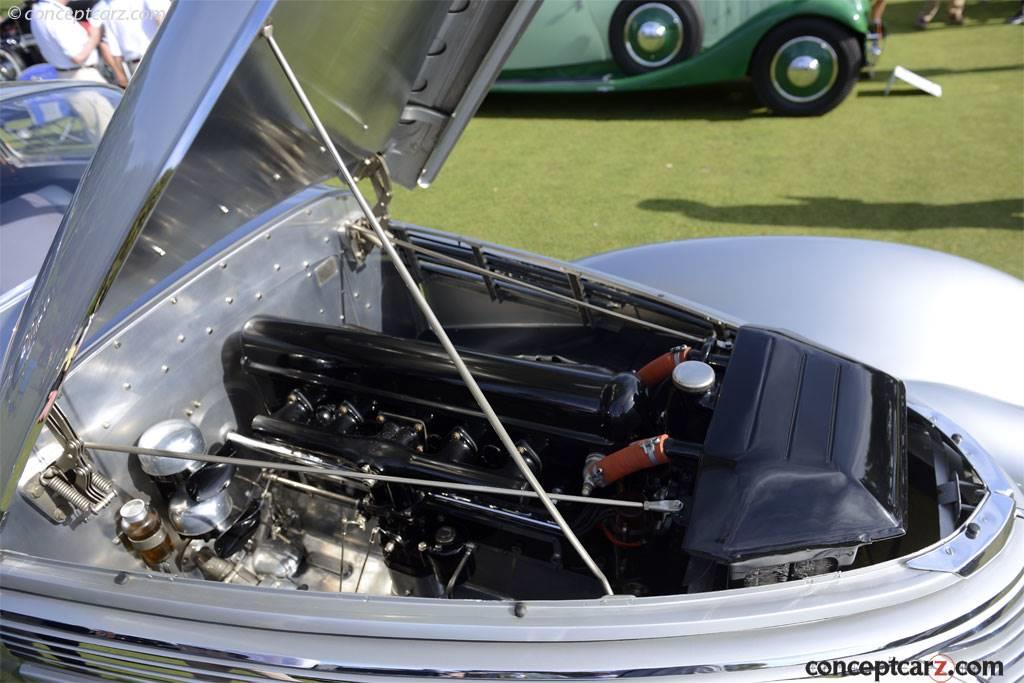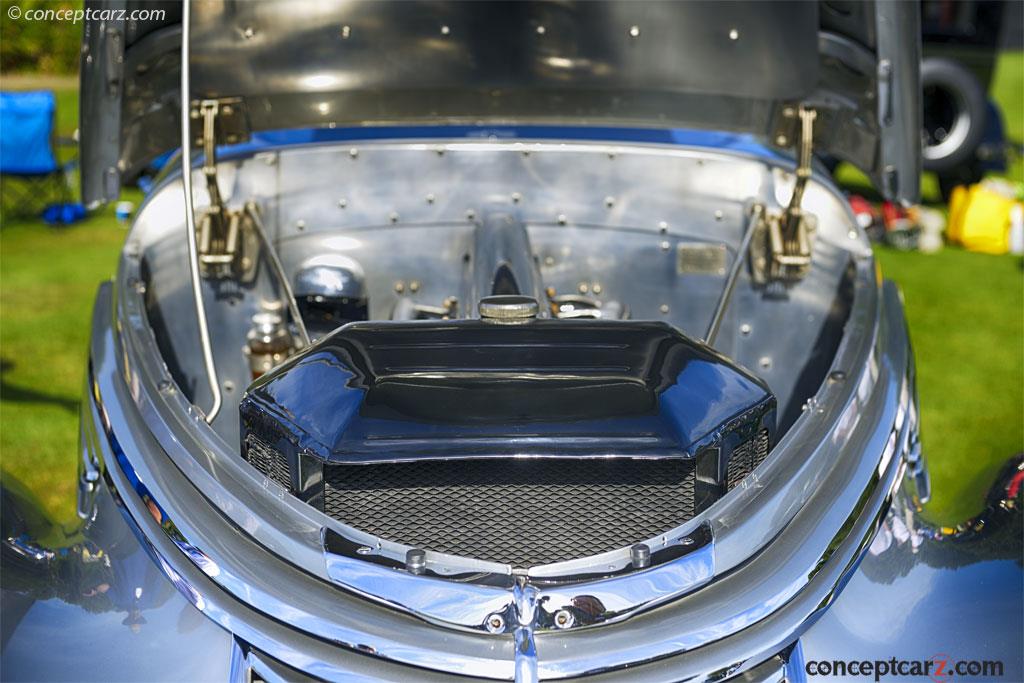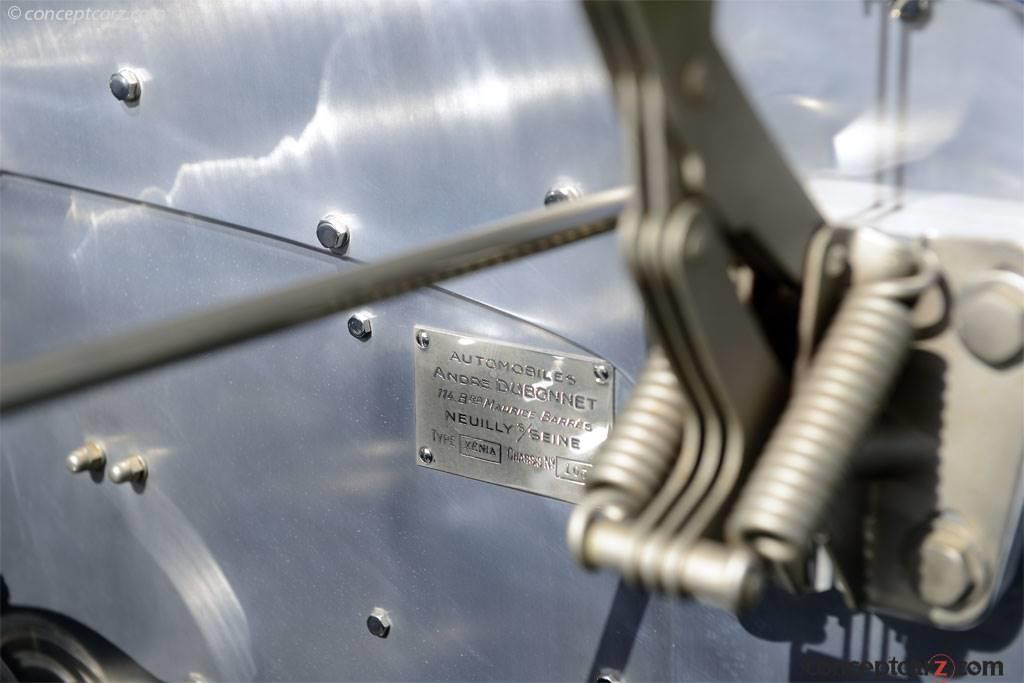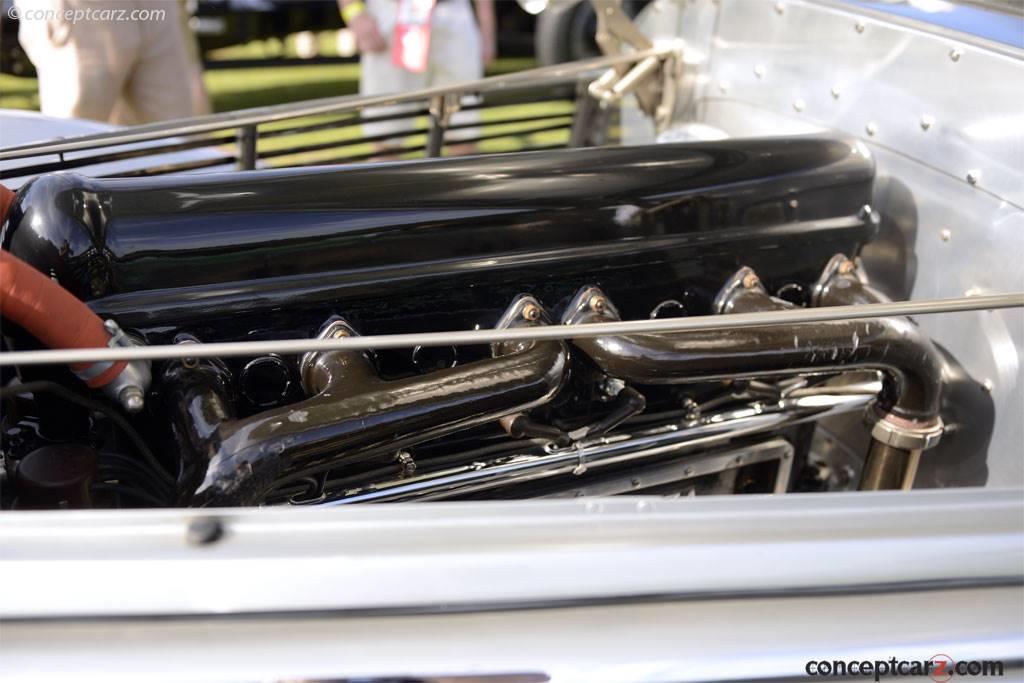Image credit: © conceptcarz.com (Reproduction Or reuse prohibited). Hispano Suiza.
Hispano-Suiza
The Spanish automotive and engineering firm, Hispano-Suiza, is best known for its luxury cars and aviation engines produced in the pre-World War II era. The company (La Hispano-Suiza Fábrica de Automóviles) was started in 1904 by Swiss engineer Marc Bikigt and Swiss banker Damian Mateu. The following year, four new engines were introduced and included a 3.8-liter and 7.4-liter four-cylinder and a pair of six-cylinder powerplants. The company would remain in business as a car, truck, and aviation engine producer, with its primary plant located in Barcelona, until 1946. The potent and sporty vehicles captured the attention of King Alfonso who purchased more than 30 examples.
During World War I, the company produced aircraft engines under the direction of Marc Birkigt. The chief engineer during this period was another Swiss, Louis Massuger. After the War, the company returned to automobile engine design. In 1919, the company introduced the H6 which featured an inline 6-cylinder overhead camshaft engine based on the features of the V8 aluminum WWI aero engine. During the 1920s and 1930s, they produced a series of luxury cars of increasing refinement.
Andre Dubonnet
Andre Dubonnet was the son of Joseph Dubonnet, the founder of the Dubonnet aperitif firm, and the source of his substantial wealth. He served during World War I and is credited with six aerial victories. He was an amateur racing driver and inventor. Working with engineer Antoine-Marie Chedru, he developed and patented an independent front-suspension system in 1927. This ingenious system was used in different variations by General Motors and Alfa Romeo.
After the 1932 Paris Salon, Dubonnet purchased a Hispano-Suiza chassis to create a rolling showcase for his ideas. The car was designed by Jean Andreau, who was known for designing Avant-grade streamlined aircraft and automotive creations. In 1938 Dubonnet employed renowned coachbuilder Jacques Saoutchik to construct this revolutionary body - Dubonnet's fifth prototype attempt- which he named ''Xenia' after his late wife.
The car had curved glass and included a panoramic windscreen (a feature that would not be seen again until General Motors cars in the 1950s). There were plexiglass side windows that opened upward in a gullwing style. The long body was very round and resembled the fuselage of an airplane. The interior even resembles the cockpit of an airplane. The two side doors were suspended on large hinges, opening rearward in a 'suicide' fashion. In the back, it tapered like a fastback and was crowned with a triangular rear window. Another feature of the vehicle was Dubonnet's own hyperflex independent front suspension system.
The Hispano-Suiza chassis' sat high off the ground, and since the 'Xenia' sat atop of its frame, it is a tall and heavy vehicle. Its design was very futuristic and well ahead of its time. It still eludes a 'concept car' look even in modern times.
Xenia was hidden during the war and did not reappear until June 9, 1946, at the opening of the Saint Cloud highway tunnel outside of Paris. The President of the French Hispano-Suiza Club purchased the car in the 1960s and restored it.Source - Petterson Museum
The Spanish automotive and engineering firm, Hispano-Suiza, is best known for its luxury cars and aviation engines produced in the pre-World War II era. The company (La Hispano-Suiza Fábrica de Automóviles) was started in 1904 by Swiss engineer Marc Bikigt and Swiss banker Damian Mateu. The following year, four new engines were introduced and included a 3.8-liter and 7.4-liter four-cylinder and a pair of six-cylinder powerplants. The company would remain in business as a car, truck, and aviation engine producer, with its primary plant located in Barcelona, until 1946. The potent and sporty vehicles captured the attention of King Alfonso who purchased more than 30 examples.
During World War I, the company produced aircraft engines under the direction of Marc Birkigt. The chief engineer during this period was another Swiss, Louis Massuger. After the War, the company returned to automobile engine design. In 1919, the company introduced the H6 which featured an inline 6-cylinder overhead camshaft engine based on the features of the V8 aluminum WWI aero engine. During the 1920s and 1930s, they produced a series of luxury cars of increasing refinement.
Andre Dubonnet
Andre Dubonnet was the son of Joseph Dubonnet, the founder of the Dubonnet aperitif firm, and the source of his substantial wealth. He served during World War I and is credited with six aerial victories. He was an amateur racing driver and inventor. Working with engineer Antoine-Marie Chedru, he developed and patented an independent front-suspension system in 1927. This ingenious system was used in different variations by General Motors and Alfa Romeo.
After the 1932 Paris Salon, Dubonnet purchased a Hispano-Suiza chassis to create a rolling showcase for his ideas. The car was designed by Jean Andreau, who was known for designing Avant-grade streamlined aircraft and automotive creations. In 1938 Dubonnet employed renowned coachbuilder Jacques Saoutchik to construct this revolutionary body - Dubonnet's fifth prototype attempt- which he named ''Xenia' after his late wife.
The car had curved glass and included a panoramic windscreen (a feature that would not be seen again until General Motors cars in the 1950s). There were plexiglass side windows that opened upward in a gullwing style. The long body was very round and resembled the fuselage of an airplane. The interior even resembles the cockpit of an airplane. The two side doors were suspended on large hinges, opening rearward in a 'suicide' fashion. In the back, it tapered like a fastback and was crowned with a triangular rear window. Another feature of the vehicle was Dubonnet's own hyperflex independent front suspension system.
The Hispano-Suiza chassis' sat high off the ground, and since the 'Xenia' sat atop of its frame, it is a tall and heavy vehicle. Its design was very futuristic and well ahead of its time. It still eludes a 'concept car' look even in modern times.
Xenia was hidden during the war and did not reappear until June 9, 1946, at the opening of the Saint Cloud highway tunnel outside of Paris. The President of the French Hispano-Suiza Club purchased the car in the 1960s and restored it.Source - Petterson Museum
No auction information available for this vehicle at this time.
Recent Sales of the Hispano Suiza H6C
(Data based on Model Year 1938 sales)
Hispano Suiza H6Cs That Failed To Sell At Auction
1938 Hispano Suiza H6C's that have appeared at auction but did not sell.
| Vehicle | Chassis | Event | High Bid | Est. Low | Est. High |
|---|
Vehicles With Comparable Market Values
Similar sales to the range.
1938 Hispano Suiza H6C
• Additional valuation insight and sales data• History
• Specifications
• Image gallery
• Other Hispano Suiza H6C model years
